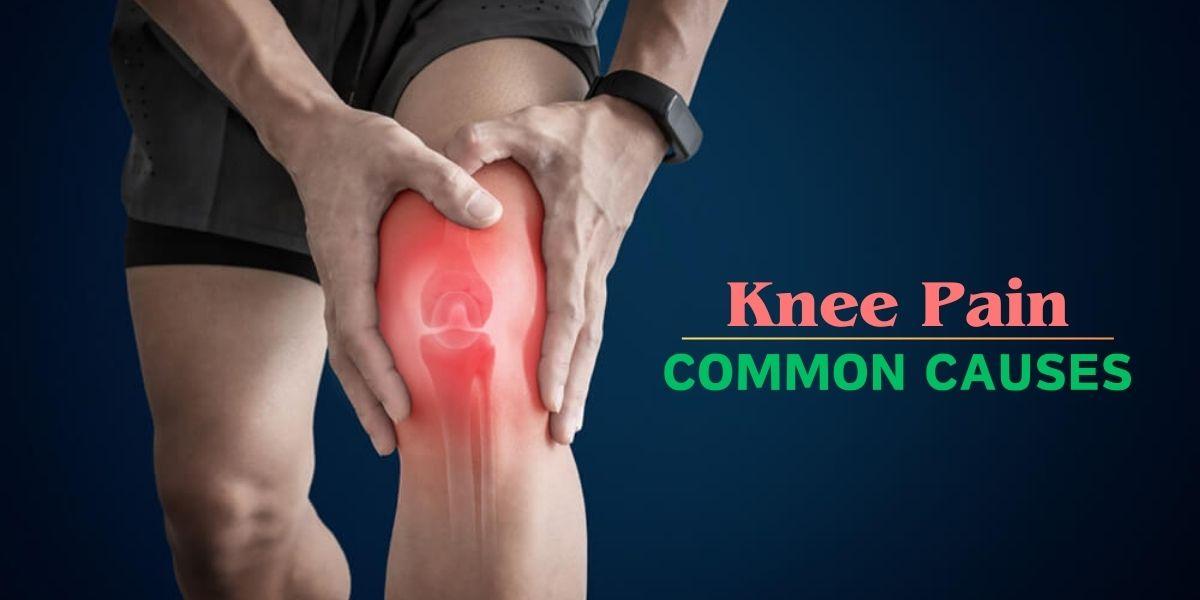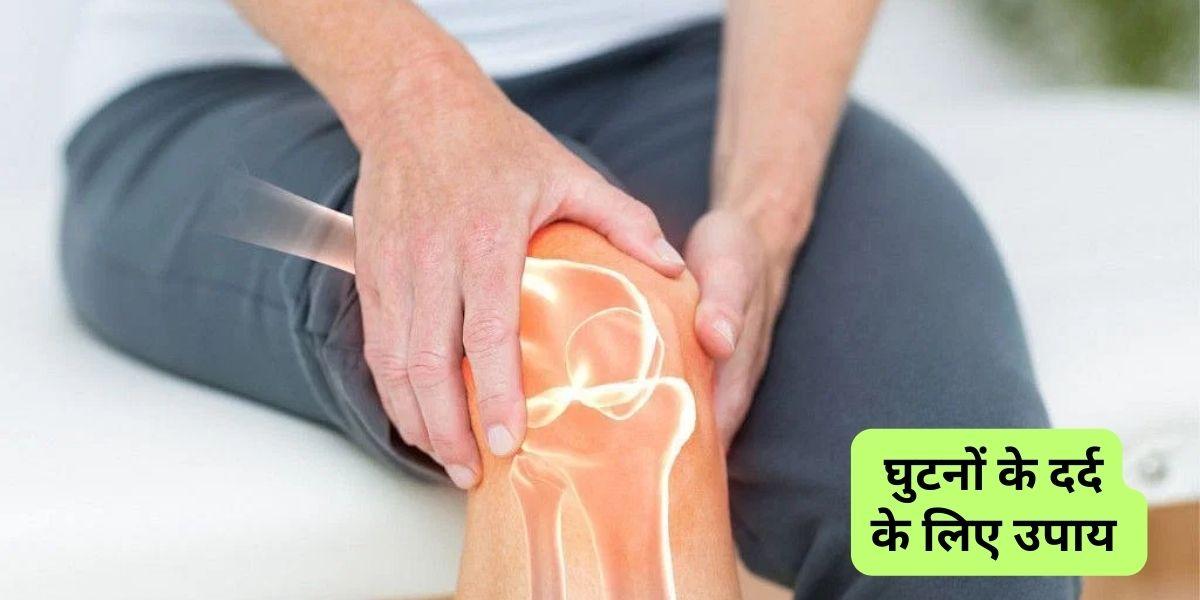
Knee Pain – Common Causes And When to see a doctor?
In this blog post, Dr. Kauser Mujawar explained some common reasons for knee pain and guided you on when to consult with a healthcare professional. Whether You are an athlete, an office worker, or a senior citizen, understanding the potential causes of knee pain and knowing when to seek medical attention is crucial for maintaining optimal joint health.
Knee pain is among the most common musculoskeletal complaints, affecting people of all ages and activity levels. The knee is a complex joint, bearing the brunt of our weight and movement. It’s no wonder that it can be prone to pain and injury. The knee, bearing the brunt of our weight and movement, comprises the thighbone (femur), shinbone (tibia), and kneecap (patella) in an intricate hinge mechanism. Understanding Common Causes and Treatments of Knee Pain.
Here Are The Key Parts of The Knee Joint
Femur – the thighbone, which forms the upper part of the knee joint.
Tibia – The shinbone, which forms the lower part of the knee joint.
Patella – The kneecap, which protects the front of the knee joint and helps to straighten the leg.
Menisci – Two C-shaped pieces of cartilage that cushion the joint and help to distribute weight evenly.
Ligaments – theands of tough tissue that connect the bones of the knee joint and provide stability.
Tendons – Thick bands of tissue that connect muscles to bones. The quadriceps tendon in the front of the thigh and the hamstring tendons in the back of the thigh are the main tendons that cross the knee joint.
There Are Four Main Ligaments in The Knee
The anterior cruciate ligament (ACL)
The posterior cruciate ligament (PCL)
The medial collateral ligament (MCL)
The lateral collateral ligament (LCL)
The knee joint allows you to bend and straighten your leg, and it also plays a role in rotating your leg. The knee is a weight-bearing joint, so it’s under a lot of stress every day. This makes it vulnerable to injuries, such as ligament tears, cartilage tears, and fractures.
What Causes Knee Pain?
There are many potential causes of knee pain, but some of the most common include:
Overuse – Repetitive stress on the knee joint, such as from running, jumping, or squatting, can lead to inflammation and pain. Common overuse injuries include patellofemoral pain syndrome, iliotibial band syndrome, and tendinitis.
Injury – Sudden injuries, such as ligament tears, cartilage tears, and fractures, can cause severe knee pain. These injuries often require medical attention.
Arthritis – Osteoarthritis and rheumatoid arthritis are common causes of chronic knee pain, especially in older adults. These conditions cause inflammation and damage to the cartilage and bones in the knee joint.
Other causes – Other less common causes of knee pain include bursitis, gout, and Baker’s cyst.
When to See a Doctor
Most knee pain is mild and improves with home care, such as rest, ice, compression, and elevation. However, certain signs and symptoms indicate you should see a doctor
Severe pain – If your knee pain is severe or debilitating, or if it interferes with your daily activities, see a doctor.
Swelling – Significant swelling in your knee could be a sign of a serious injury or infection.
Instability – If your knee feels unstable or gives way, it could be a sign of a ligament tear.
Fever – A fever along with knee pain could be a sign of an infection.
Deformity – If your knee appears deformed, see a doctor right away.
Seeking Medical Attention
See a doctor if you are experiencing any of the above red flags or if your knee pain is not improving with home care after a few days. Pain specialists can perform a physical examination and order tests, such as X-rays or MRIs, to diagnose the cause of your pain.
Treatment Options
Treatment for knee pain depends on the underlying cause. Common treatments include
Rest and ice – This is often the first line of treatment for acute knee pain.
Pain relievers – Over-the-counter pain relievers, such as acetaminophen, can help relieve pain and inflammation.
Physical therapy – Physical therapy can help to strengthen the muscles around your knee and improve your range of motion.
Bracing or taping – A brace or tape can help to support your knee and reduce pain.
Injection – In some cases, injection of corticosteroids or hyaluronic acid may be used to reduce inflammation and pain.
Surgery – In severe cases, surgery may be necessary to repair damaged ligaments or cartilage.
Prevention Tips
There are a few things you can do to help prevent knee pain:
Maintain a healthy weight – Excess weight puts extra stress on your knees.
Strengthen your muscles – Strong muscles around your knee joint can help support and protect it.
Warm up before exercise – Warming up your muscles before exercise can help prevent injuries.
Wear proper shoes – Wearing shoes that fit well and provide good support can help prevent knee pain.
Listen to your body – Don’t push yourself too hard during exercise. If you start to feel pain, stop and rest.
Living with Knee Pain
Knee pain can be a frustrating and debilitating condition. However, with proper diagnosis and treatment, most people can find relief and manage their pain effectively. Early diagnosis and treatment can help to prevent further damage and improve your quality of life.
Conclusion
Knee pain affects people of all ages and activity levels due to its diverse causes. For prompt knee pain treatment in Pune, Meet Dr. Kauser Mujawar at Painmedic Pain Clinic in Swargate, Pune. Seek immediate medical attention for severe pain, swelling, instability, fever, or deformity. She provides personalized solutions, from conservative measures to surgery. Her expertise and commitment to patient care make her a leading choice for an effective knee pain doctor in Pune. Preventative actions like maintaining a healthy weight, strengthening muscles, a proper warm-up, and suitable footwear are key to avoiding future discomfort. For those already experiencing pain, she emphasizes early diagnosis and treatment adherence to improve quality of life. Take control of your health, consult with Dr. Kauser Mujawar, and implement preventive measures for a pain-free future.




